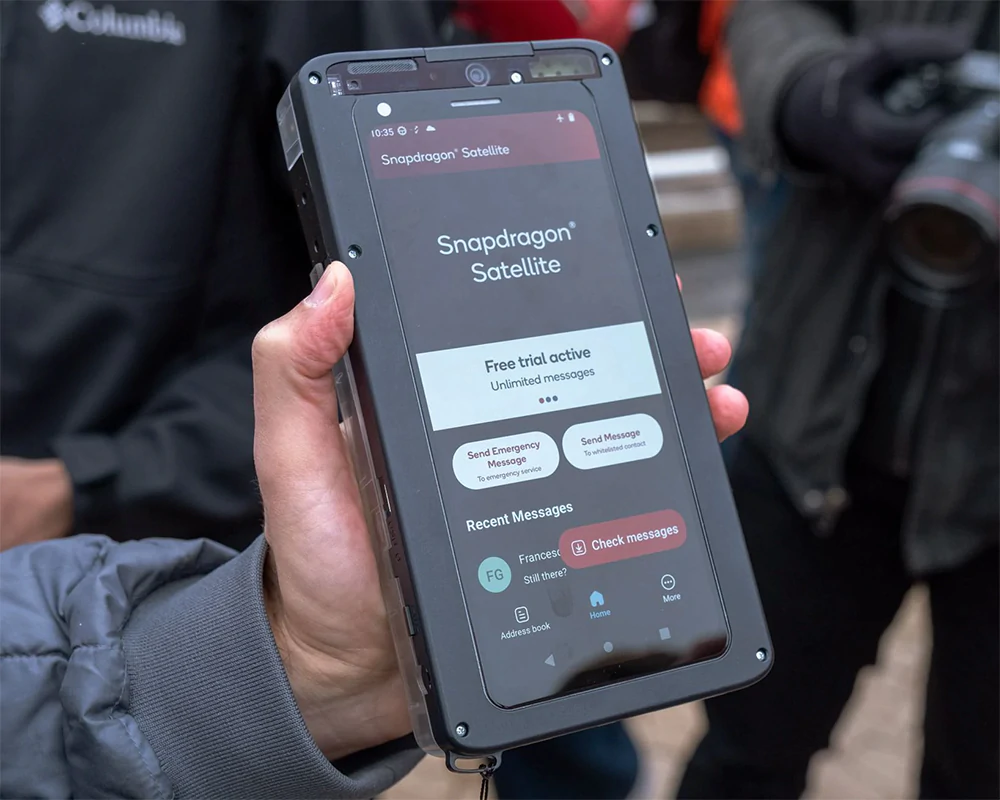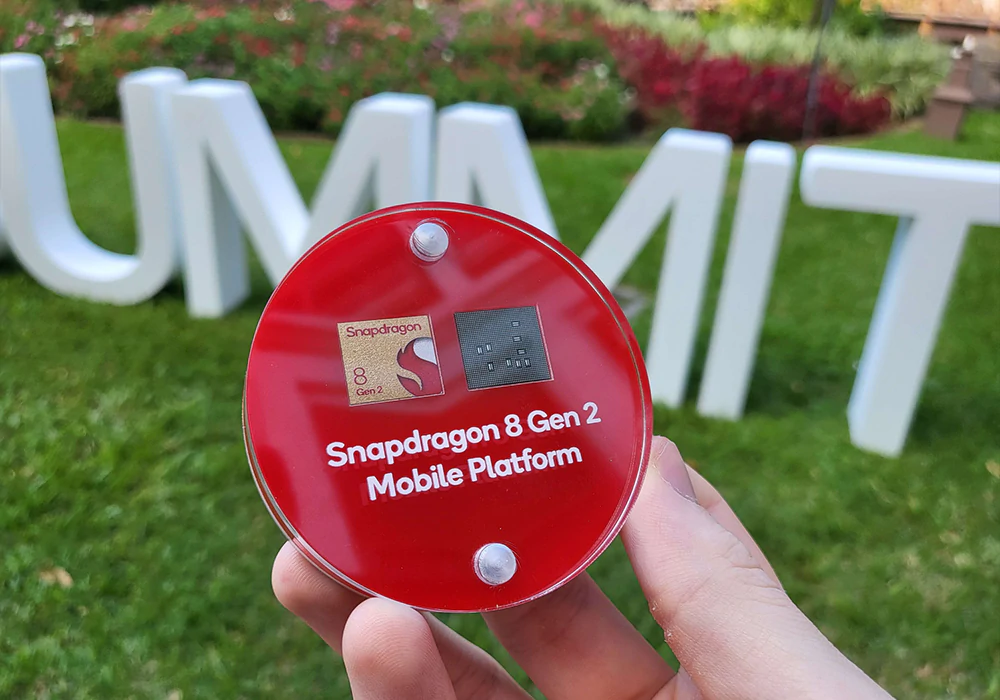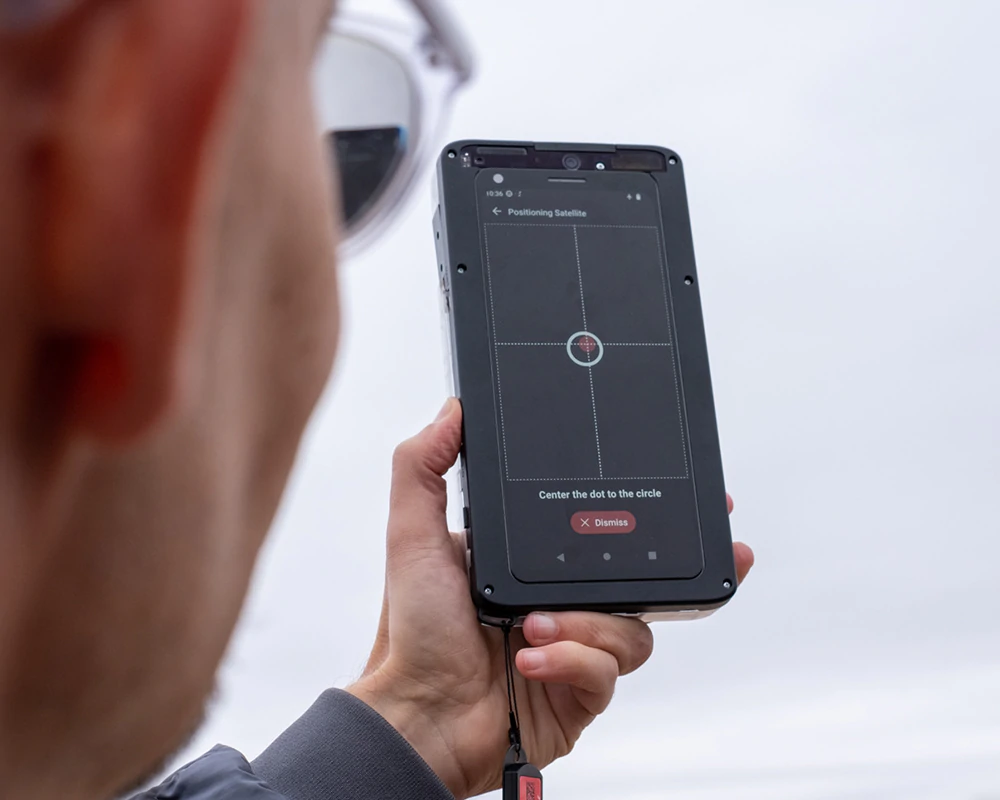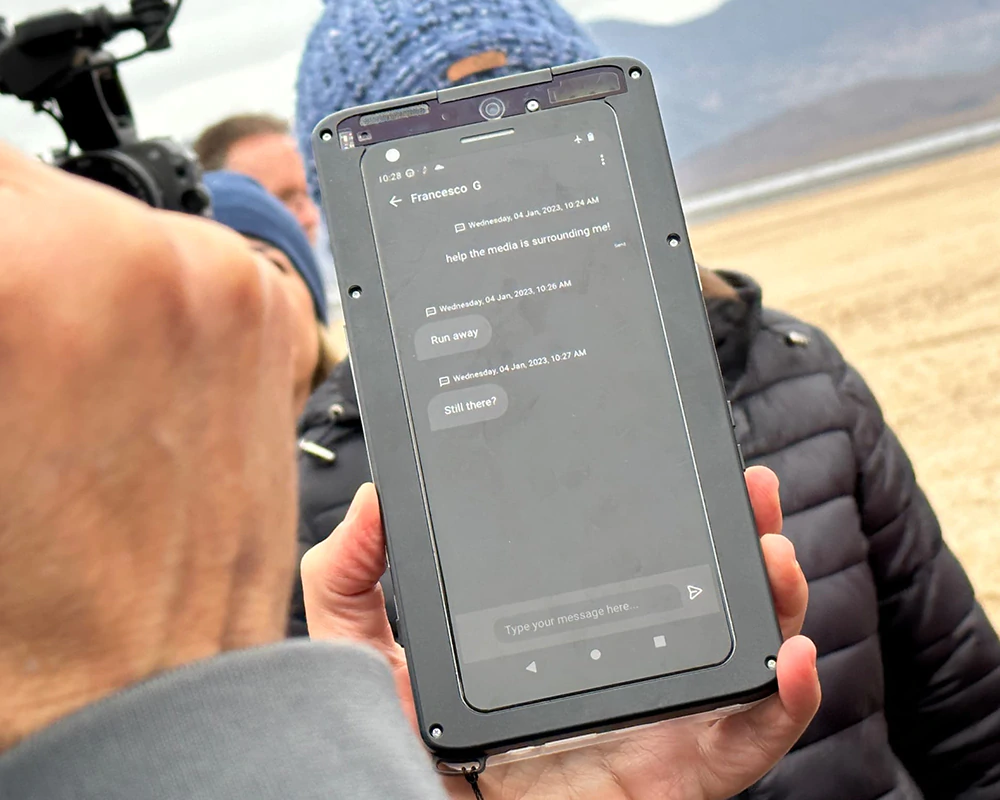Traditionally, stranded in the middle of no where means no communication method at all.
But thanks to technology, users of satellite telephone, satellite phone or satphone, can still connects to other phones or the telephone network by radio link through satellites orbiting the Earth instead of terrestrial cell sites, as traditional mobile devices do. Therefore, satphones work in most geographic locations on the Earth's surface, as long a clear line-of-sight between the phone and the satellite is available.
Then, it was Apple that brought this kind of ability to its phones, starting with iPhone 14 series.
"With iPhone 14 and iPhone 14 Pro models, you can use Emergency SOS via satellite to text emergency services when you're out of cellular and Wi-Fi coverage. You can also use the Find My app to share your location with people via satellite," said Apple's dedicated support page.
This time, it's Android turn to bring something similar.


And that is through the chipmaker Qualcomm.
Usually, Qualcomm's biggest announcements involve computer chips and automotive. But this time, the company announced an upcoming mobile feature that utilizes the 5G Modem-RF Systems on the Qualcomm hardware, to bring satellite connectivity to Android.
According to Qualcomm's news announcement, the company has partnered with Iridium, in order to being the latter's satellite constellation that made up of 66 LEO (Low Earth Orbit) satellites, to deliver emergency messaging.
Qualcomm aims to being this technology to its flagship system-on-chip, the Snapdragon 8 Gen 2.
According to the announcement, applications include two-way emergency texting, as well as messaging applications beyond SMS, using Iridium’s weather-resilient L-band spectrum for uplink and downlink.
Qualcomm specifically noted that its 'Snapdragon Satellite' can also be used for recreation applications should a user find themselves outside the normal realm of a cell network.
This is because the company has plans to offer a premium service to let users use the satellites to send data or texts for more social purposes - like bragging about sailing with a yacht, Snapdragon Vice President Francesco Grilli joked.
However, the primary aim here is certainly for emergency use.
With access to an actual orbiting satellite, users should have planetary pole-to-pole coverage whenever they may need it.
Grilli said that Qualcomm was able to upgrade the Snapdragon platform to connect to Iridium’s network without having to make any hardware changes to the baseband or the transceiver.
"There are changes in the RF front-end," Grilli said. "Everything else can be handled by our own modem."

Qualcomm's announcement with Iridium isn’t a huge surprise, as there has been a lot of speculation that Iridium would eventually enter the smartphone-to-satellite fray.
And because Qualcomm aims to bring its Iridium-based technology to the masses, Qualcomm is opening access to its Snapdragon Satellite feature up to OEMs, with the first batch of smartphones to get the feature are coming in 2023.
It's worth noting that Garmin is a longtime Iridium partner, and that it has long provided users the ability to send and receive custom text messages, or emails with a delivery confirmation.
Garmin also has a Response feature that is built atop of the Iridium network for emergency messages in remote locations where no carrier coverage exists. That technology however, was built with hikers in mind, not for the global audience.
But with Qualcomm, Garmin is becoming part of the crowd.
“Garmin Response supports thousands of SOS incidents each year and has likely saved many lives in the process,” said Garmin VP Brad Trenkle in a release, “and we are looking forward to collaborating with Qualcomm Technologies and Iridium to help people connect to emergency services no matter where life takes them.”
Matt Desch, CEO of Iridium, said e doesn’t expect Android devices with Snapdragon Satellite to replace existing devices that currently use Iridium’s satellite constellation, Garmin’s InReach devices, for connectivity.
Instead, Desch said that he views Snapdragon Satellite as an extension of Iridium’s existing business.

He’s also certain that the Snapdragon’s platform can make it possible to add satellite connectivity to many other types of devices, such as automobiles or personal computers.
Desch also said that his company considers upgrading its capabilities to add higher bandwidth services later, in line with other businesses that are also looking to enter the direct-to-smartphone market.
But in whatever way people use them, Iridium thinks its constellation of satellites can handle the load of messages.
"We're quite confident that our capacity is more than enough for this service," Iridium CTO Greg Pelton said.
Previously, in July, Qualcomm announced its plans with Swedish telecoms equipment maker Ericsson and French aerospace company Thales to demonstrate 5G on smartphones via LEO satellites.
In addition to Apple and Globalstar, and Qualcomm and Iridium, other companies seeking to provide direct-to-smartphone services from LEO include SpaceX in partnership with T-Mobile, AST SpaceMobile, Lynk Global, and Sateliot.


In less than a year, this project was abandoned.
This happened because Qualcomm's satellite texting plan doesn't really get the interest of phone makers.
Iridium and Qualcomm had expected that smartphones to be released in the second half of 2023 with this capability when they first announced their partnership. But in November 2023, no smartphones use this technology.
Although the two companies admitted to have "successfully developed and demonstrated the technology," smartphone makers "have not included the technology in their devices," satellite phone maker Iridium said in a statement.
Because of this, Qualcomm is ending its Snapdragon Satellite partnership, thus freeing Iridium to work with OEMs and other chipmakers directly.
It's reported that smartphone makers lacked the interest of using Snapdragon Satellite because they have "a preference towards standards-based solutions" for satellite connectivity. In other words, they're looking for a more open approach that doesn't put Qualcomm in the middle.
Besides that, price was also a contributing factor.
This happened because at this time, smartphone manufacturers don't have a line of sight on the monetization models.